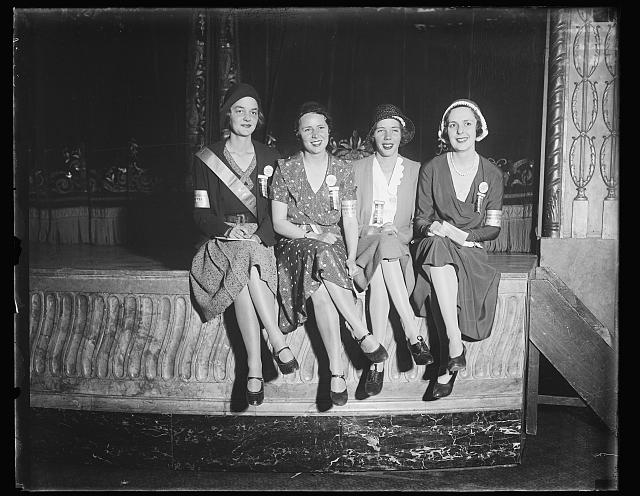Introduction

Central Question: How did the traditional and modern viewpoints collide during the 1920s?
In the decades preceding the 1920s, a great deal of change had swept the nation; cities were sprawling, education and innovation were on the rise, and a wave of immigrants were introducing new cultural values to American society. For many Americans, these changes were exciting and reflected ideals that were to be encouraged and embraced. Others, however, proved slow to accept the change and expressed concern about the alteration of traditional American society. Issues such as Prohibitionperiod of American history from 1920 - 1933 whereby the sale and transportation of alcohol was prohibited and the teaching of evolutiontheory of human development proposed by Charles Darwin in public school drew a national debate that lasted throughout the decade. These two issues, along with many others, highlighted the growing cultural divide that was emerging between traditional and modern thinking Americans; a divide that still exists in many respects today.
Following successful completion of this lesson, students will be able to:
- Discuss the goals and motives of the Prohibition Movement and the impact it had on society.
- Examine the events and controversies surrounding the Scopes Trial.
- Analyze the importance of magazines and their influence on mass culture.
The above objectives correspond with the Alabama Course of Study: US History 11 Objectives: 5 & 5.1.
This lesson incorporates the following Literacy Standards: R2, R7, R9, W2, W4, W6, W8 & W9.
Photograph Citation:
Women's Organization for National Prohibition. Photo. Library of Congress Web. 24 April 2014. <http://www.loc.gov/pictures/collection/hec/item/hec2013006375/>.